
Introduction
V isitors to Ireland go home with glowing accounts of Irish baking. They enthuse especially over Irish bread. Sustaining, usually dark brown and available in every first-class restaurant, it is delicious with fresh butter, with smoked salmon with almost anything. Luckily it has been confirmed lately that good bread is healthy, bodybuilding for children and fortifying for adults.
This rough brown bread has been made in Irish homes for hundreds of years the tradition has never lapsed from the time when people lived too far from towns to go to bakeries. In cottages and small farmhouses, bread, fruit loaves and cakes were made in a skillet or pot oven over an open hearth. The skillet swung over the turf fire on a homemade crane. There was an open fire below the skillet, and burning embers were shovelled on top of the lid to make the bread cook from above as well as below.

Though small houses were limited to hearth cooking, the big house and the larger farmhouses boasted wall ovens and solid fuel ranges. Every kind of baking could be done in these yeast breads, pies, puddings, cakes and biscuits. Rough brown bread was also popular in the finer houses and was made each day. Every house in the Irish countryside was, and sometimes still is, pervaded by the wholesome smell of baking bread.
The recipes in this collection start with several for soda or country bread, simple to make using white or wholemeal/whole-wheat flour. These are followed by some for yeast bread, more complicated than country bread, lighter in texture, delicious and easier to digest. People who can make yeast bread are much admired. They have a talent that goes to the heart of skilful cooking and can recognise the warm, pleasant feel of the kneaded dough when it is ready for proving.
The Barm Brack, or fruit bread made with yeast, has a special tradition in Irish life. It was eaten on New Years Eve and on the feast of St Brigid on 1 February. But Barm Brack was specially known in the Halloween jollifications when a ring would be put in the mixture whoever found the ring in his or her slice would be married within the year. This caused jokes all round.
Among the recipes in this book are some mixing flour with potato, like the one for soft pastry on this ) are traditionally served on All Saints Day and very satisfying they are.
Cakes were sometimes baked in a pot oven. Most were not iced, but were often enriched by spirits or stout and served on special occasions. Each housewife had her own specially guarded recipes to be passed on only to daughters, grand-daughters and intimate friends.
The cake recipes are mostly simple to make, so are adaptable for modern life and tastes. The biscuits are the same. Both are mixed much more easily by the melting method whereby butter, syrup and sugar are warmed and poured onto the flour mixture. This method is introduced in many of the traditional recipes here.
Savoury pies slowly became popular in Ireland, probably as a way of keeping meat warm and moist. The meat also went further, making pies economical. Pastry recipes were adapted from abroad many years ago and became part of the Irish diet, like steak and kidney and chicken pies. Donegal pie () have become local dishes.
The last section in this book is for simple no flour bakes. Is this a contradiction in terms? Surely not. We all like light food sometimes. Some people are avid slimmers, a few are allergic to flour. With or without flour, we can all enjoy the concentration of flavour, the nourishment, the sheer convenience that baking gives to almost any food.

Country Breads
BROWN SODA BREAD
WHITE SODA BREAD
NUTTY BROWN BREAD
TEA BREAD
IRISH TREACLE BREAD
OATEN LOAF
ROUGH BROWN BREAD
SALLY LUNN TEACAKE
GRIDDLE BREAD
W hen people write or talk about Irish country bread, they mean bread made without yeast, leavened by bread/baking soda or baking powder. It is the most loved of our traditional breads and its solid nourishment gives more pleasure than almost any Irish food. It also gives us a feeling of continuity with the past. The Irish have never stopped making soda bread at home.
Our earlier bread was often made with oats and not with wheaten flour. The oaten loaf in this section is a modern version of oaten bread. It is rough and primitive, hard on the digestion, but it has something for modern tastes as it includes bran. It is like a flat, nutty brick.
It is doubtful if anything was weighed much in the old days. People just didnt have time. They threw handfuls of flour and oatmeal of different sorts into a bowl and mixed them with buttermilk. When the texture felt right, the dough was crossed deeply and bundled into a hot oven or cooking pot. Forty minutes later, it had become a loaf which was robust and individual. Some people put herbs into their bread and very good it tasted.
No loaf tins are needed for country bread. It bakes far better when placed straight onto a floured baking sheet in a strong and steady oven. There must be a wire rack and a clean tea towel/dish cloth ready to wrap the loaf in when it is baked.
BROWN SODA BREAD
This is the classic Irish recipe for brown soda bread.
 125 g/4 oz/1 cup white (all-purpose) flour
125 g/4 oz/1 cup white (all-purpose) flour
 350 g/12 oz/3 cups coarse brown (whole-wheat) flour
350 g/12 oz/3 cups coarse brown (whole-wheat) flour
 1 tsp/1 US tsp bread (baking) soda
1 tsp/1 US tsp bread (baking) soda
 1 tsp/1 US tsp salt
1 tsp/1 US tsp salt
 250 ml/9 oz/1 cups buttermilk (approximately)
250 ml/9 oz/1 cups buttermilk (approximately)
Mix all the dry ingredients in a large mixing bowl. Make a well in the centre and add the buttermilk gradually, using a knife to mix. As soon as a dough is formed, turn it onto a floured board and knead it lightly. It should become soft and elastic. Form a round loaf. Prick it with a fork and cut a deep cross in the top of the loaf. Place on a baking sheet and bake at 200C/400F/gas 6 for 35 minutes. The loaf should sound hollow, top and bottom, when fully cooked. Wrap the loaf immediately in a clean tea towel/dish cloth and put it on a rack to cool.

WHITE SODA BREAD
A simple but popular bread, especially good with homemade blackcurrant jam.
 450 g/1 lb/4 cups white (all-purpose) flour
450 g/1 lb/4 cups white (all-purpose) flour
 tsp/generous US tsp bread (baking) soda
tsp/generous US tsp bread (baking) soda
 tsp/generous US tsp salt
tsp/generous US tsp salt

Next page
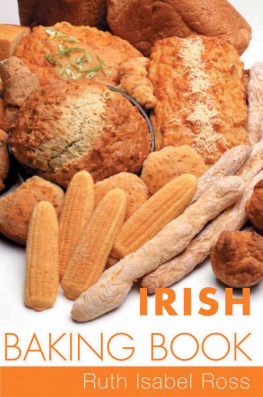
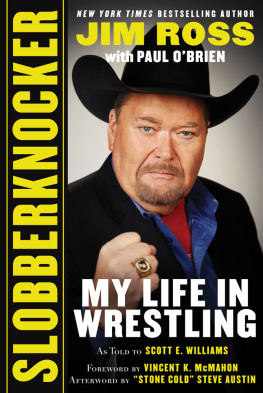
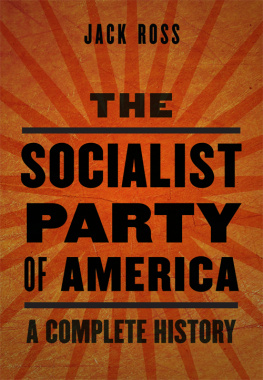
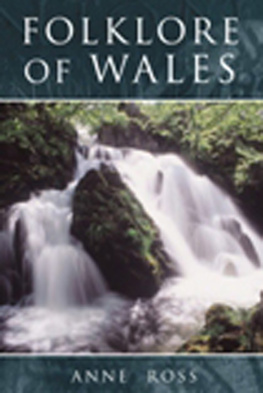


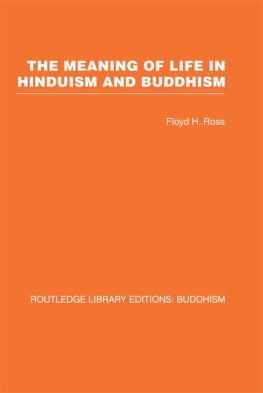


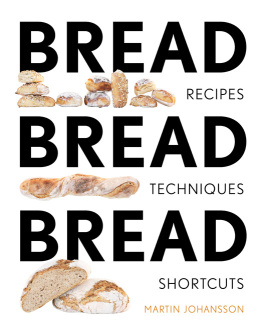
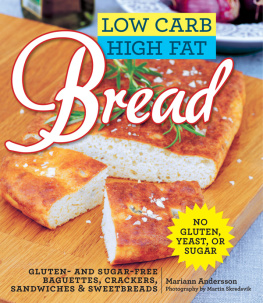

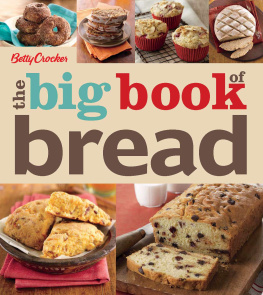
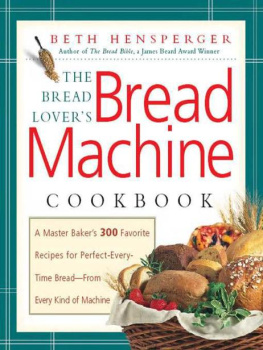



 125 g/4 oz/1 cup white (all-purpose) flour
125 g/4 oz/1 cup white (all-purpose) flour